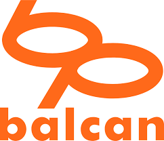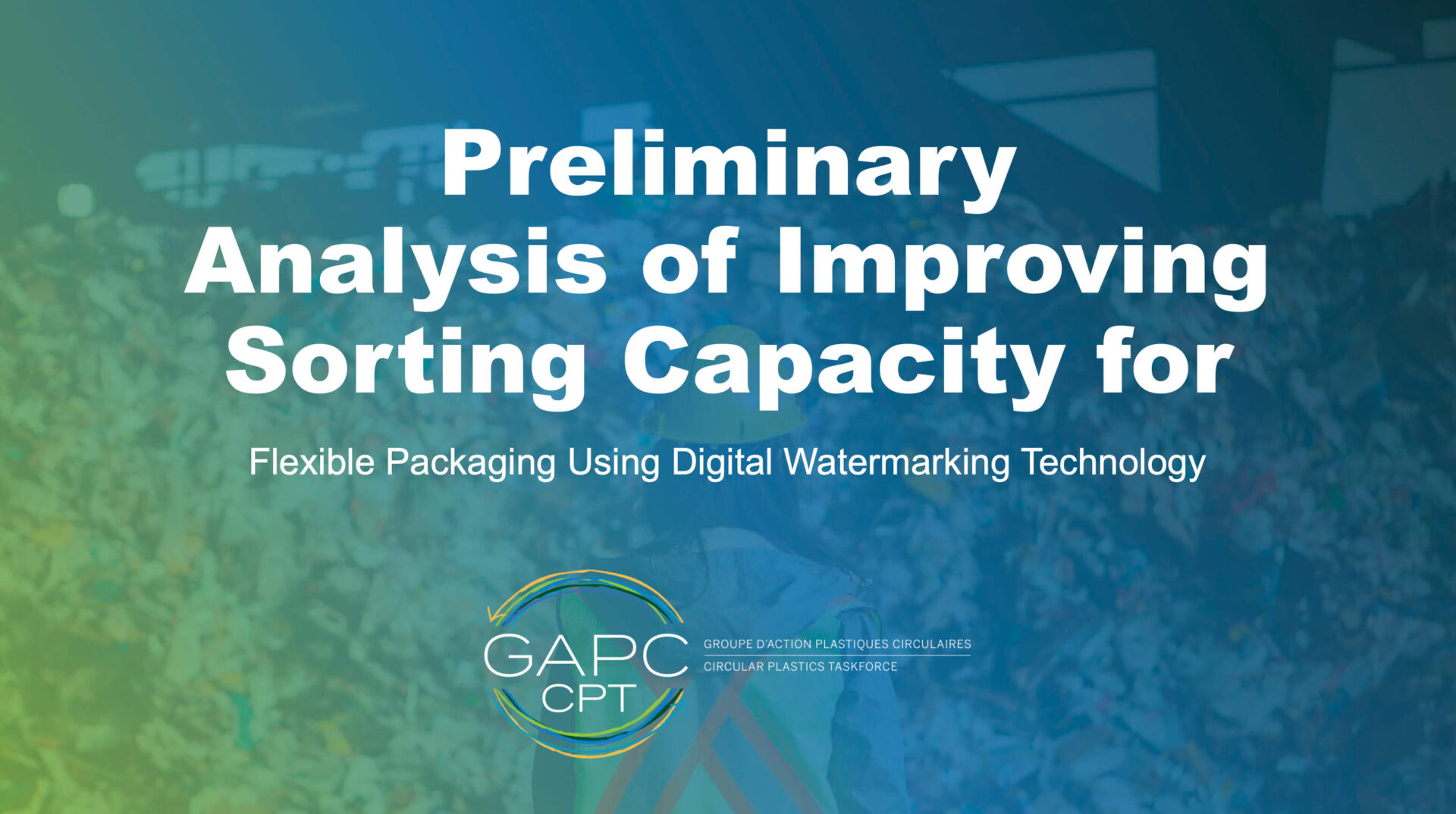Preliminary analysis of improving sorting capacity for flexible packaging using digital watermarking technology
Optimize the capture rate of films and flexible packaging at sorting centers and recyclers using digital watermarking technology, with the aim of producing food-grade recycled plastics.
Polyethylene (PE) films and flexible packaging are already collected by most recycling programs in Canada, but some technical challenges remain. It is estimated that only 1% of this packaging is currently recycled.
The transition to Extended Producer Responsibility (EPR) systems in Canadian provinces is accompanied by ambitious collection and recycling targets for films and flexible packaging:
- Ontario : Recycling rate of 25% by 2026, 40% by 2030
- Quebec : Recycling rate of 40% by 2027, 50% by 2030
There is strong market demand for recycled resins, but recyclers are faced with high bale contamination (up to 30-40%), inconsistent quality and major challenges with collection and sorting.
Three main steps were planned for this project:
- Application of digital watermarks on 16 flexible packaging formats (varying in size and composition) from four partner manufacturers
- Packaging transported to the Pellenc test center (France) for detection and ejection tests in three different blends of Canadian selective collection (mixed, fiber-separated, container-separated).
- Performed five different tests
- One static test (measurement of detection and ejection without mixing)
- Three dynamic tests (digitally watermarked packaging mixed with selective collection materials)
- One separation test for single and multi-material attributes
Project manager
Partners





Conclusion
The tests revealed the following:
- Digimarc’s digital watermarking technology works for sorting flexible plastic packaging: the combination of NIR and watermarking improved performance without affecting purity.
- Ejection rates for samples meeting Digimarc’s printing guidelines (in particular watermark coverage) averaged 99%.
- In general, ejection rates were excellent (average 98%) when watermark coverage exceeded 50%.
- Most of the ejection problems were linked to overlapping materials, which must be resolved upstream of the optical sorting process.
- The purity rates for two of the three blending tests were very good: the purity rate for the mixed collection was lower (87%) due to difficulties in ejecting films and flexibles from the sorting equipment.
- The single-material vs. multi-material separation test also proved the watermark’s ability to sort any sample on an attribute basis.
The CPT recommended analyzing the best possible use of this technology in the value chain (ie. at the sorting center or at the recycler) and studying how to improve the capture of flexible plastic packaging before it goes to an optical sorter.
